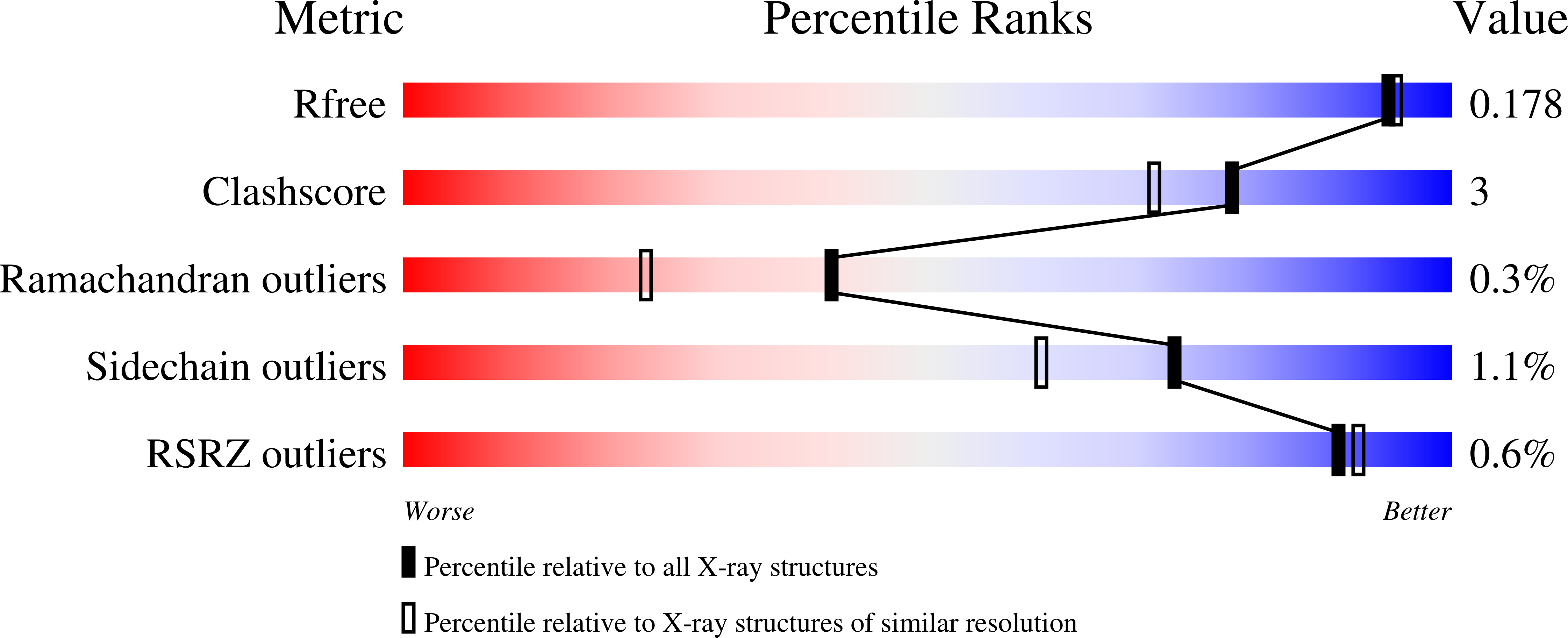
Deposition Date
2004-06-10
Release Date
2004-11-09
Last Version Date
2023-08-23
Entry Detail
PDB ID:
1TMG
Keywords:
Title:
crystal structure of the complex of subtilisin BPN' with chymotrypsin inhibitor 2 M59F mutant
Biological Source:
Source Organism:
Bacillus amyloliquefaciens (Taxon ID: 1390)
Hordeum vulgare subsp. vulgare (Taxon ID: 112509)
Hordeum vulgare subsp. vulgare (Taxon ID: 112509)
Host Organism:
Method Details:
Experimental Method:
Resolution:
1.67 Å
R-Value Free:
0.17
R-Value Work:
0.14
R-Value Observed:
0.15
Space Group:
P 65 2 2


